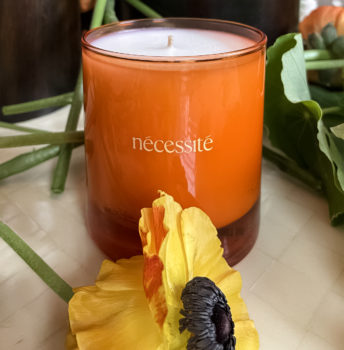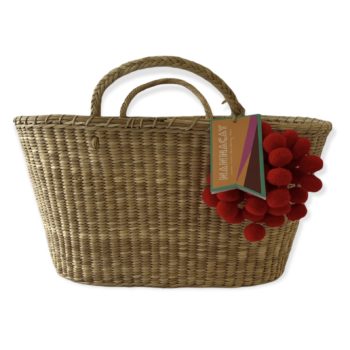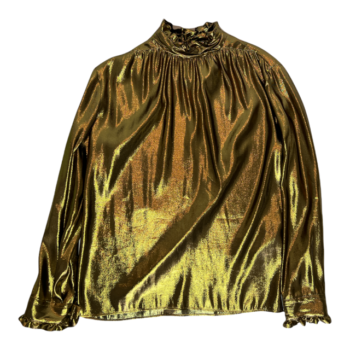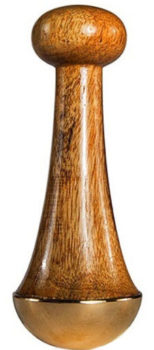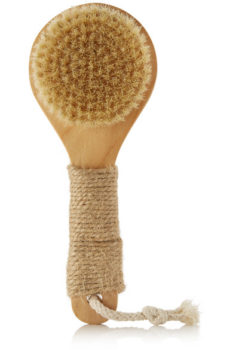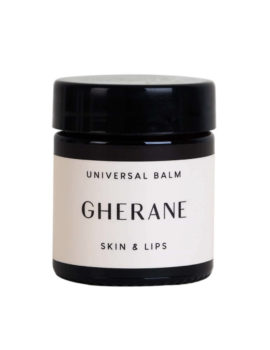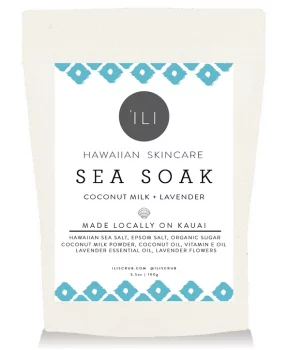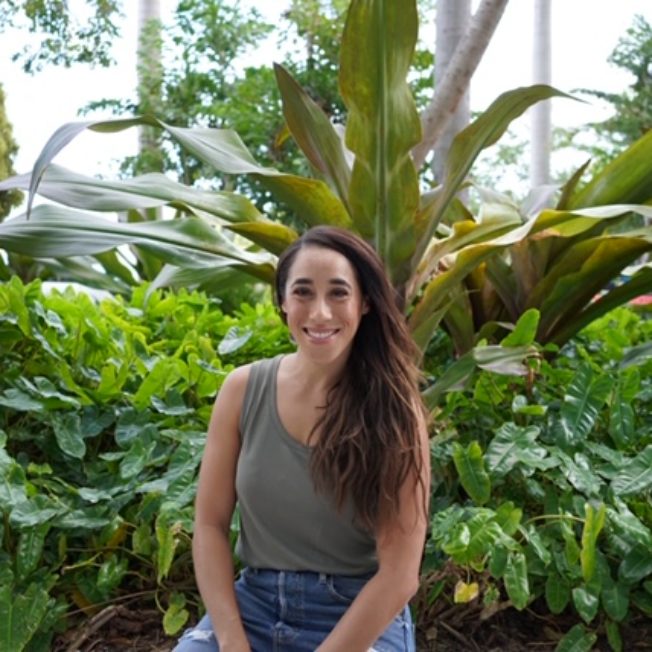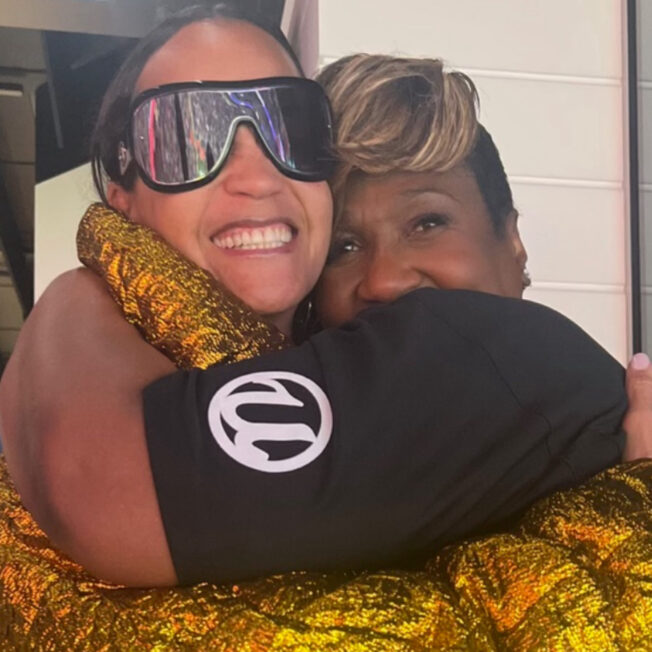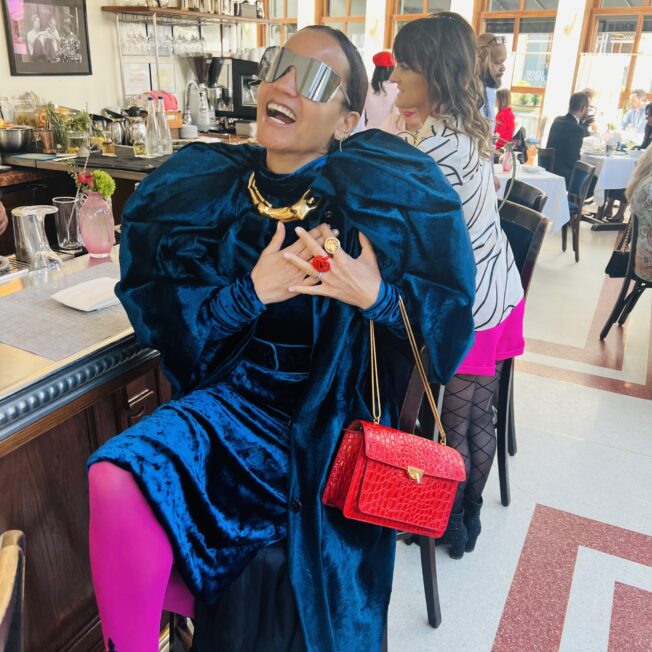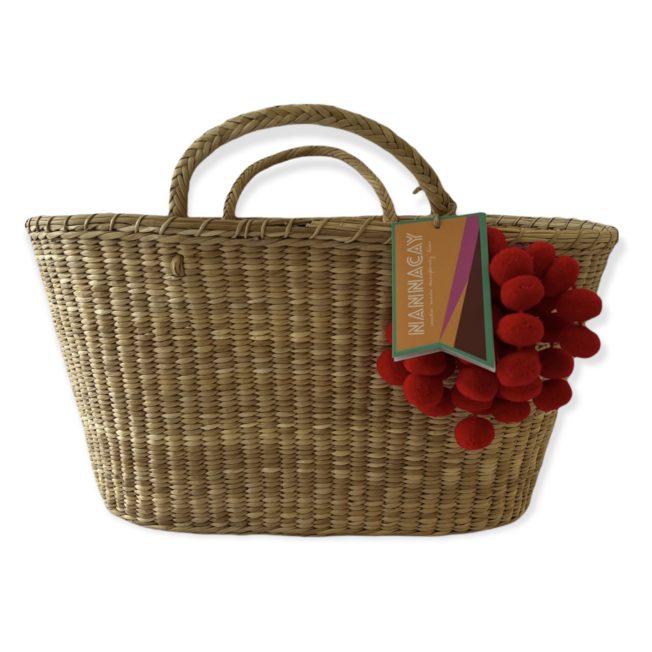Meet Asha Walker the founder of Health In The Hood, a non-profit organization that builds vegetable gardens in low-income communities. Health In The Hood serves as living classrooms where children and families can come and enjoy free, healthy foods, along with nutrition and fitness workshops.
Community gardening is apart of Asha’s lineage, she began Health In The Hood, following in her family’s footsteps, as an answer to the need for fresh vegetables in food deserts across South Florida. We caught up with Asha to hear more about her non-profit and the inspiration behind it.
Where were you born and raised?
Miami, FL
What brought you to Miami?
I suppose it’s a somewhat rare occurrence- a local Miami woman who stayed in my hometown. With family, friends and community roots in South Florida, it was an easy choice to build my life in my sunny, beautiful, ever-evolving city.
How did you start your charity, and why food?
There are 326 food deserts in South Florida. 326! Food deserts are low-income neighborhoods that are more than a mile from a grocery store with fresh food. As a result, people in these communities are eating unhealthy, processed foods that are making them sick, and dying from food-related diseases.
After college, I followed in my family footsteps of public service and community development. While directing the Miami chapter of an AmeriCorps service program, I gained skills in grant writing and community program operations. After 10 years of working closely with communities, I saw a need for a systemic change on a local level. I knew I had to start an organization to address the health disparities that exist in food deserts for underserved families. I had my “Jerry Maguire” moment in 2013 and wrote our first sort of organization manifesto. This document was a starting point for me to adapt our grant applications and develop Health in the Hood programs.
The inspiration behind the name Health In The Hood?
The name came to me in the middle of the night. I literally sat up in bed and wrote it down as soon as I thought of it. It’s fun to say, but it also completely embodies what we do. I didn’t spend too much time choosing the name. I trusted my gut and went with what felt right. I’m also a huge fan of alliteration. Hence, @thefitfarmer for my personal social media handle!
How long have you had your charity?
It’s hard to believe that we have been operating since 2013. We really hit the ground running. We were awarded the first three grants I wrote, and have been transforming desolate, vacant areas into vibrant vegetable gardens ever since.
Give us a bit of backstory on your charity.
Health in the Hood provides free, fresh foods for children and families in low-income communities that lack healthy options. The neighborhoods we serve have extremely limited access to fresh foods and health education resources.
All of the produce grown in Health in the Hood gardens is distributed for free to children and families, local food pantries, churches and community centers in food desert neighborhoods.
The gardens not only provide fresh foods and jobs they are they are tangible teaching tools that provide educational opportunities. Growing your own food dramatically changes your attitude and understanding of food choices.
It’s our mission to end food insecurity and teach people how to reclaim their health and food system by growing our own food.
Do you see a change in the neighborhoods as a result of Health in the Hood?
When children participate in growing their own vegetables, deep connections to food sources are made. When parents can step outside their front door and pick fresh vegetables for dinner, healthy eating becomes easier. When families with little understanding of the dangers of processed foods are exposed to nutritional education, healthy habits are adopted. It’s simple and powerful.
How would one go about getting involved with the charity?
We have regular volunteer opportunities to help us build and maintain our urban vegetable gardens. All info on volunteer opportunities can be found on our social media. We also welcome all forms of donations, from in-kind supplies to the critical funding required to keep our gardens beautiful and growing.
Why do you think they do not build better stores in these areas that have no access to better food selections?
There are a host of factors that contribute to food access barriers. Economic flux and gentrification often times alienate low -income neighborhoods. This leaves people in these communities with limited financial and/or transportation resources, disconnected from grocery stores with fresh food. Instead of a fully stocked produce department, the local grocery stores look more like convenient stores and typically carry mostly processed foods high in salt, saturated fats, preservatives, and sugar.
There is also a lack of information across the board (in low income and affluent communities) about healthy, clean eating. It is widely thought, for example, that fruit juice has no nefarious components- and is healthy. When in fact orange juice or any processed fruit juice is ridiculously high in sugar and usually contains additives. Don’t get me started on Chef Boyardee!
Is this your full-time commitment? How many people are on your team?
24/7. Irradiating food deserts, educating communities and expanding our model is a full-time job and then some. Aside from my executive director, we have 3 administrative part-time staff members including a site director, program manager and volunteer coordinator. We also have garden managers
(local residents we hire) on-site at each location.
How many neighborhoods have you helped?
We will be building our ninth vegetable garden this month and expanding our reach to seven different South Florida food desert neighborhoods.
What feeling do you get seeing the difference Health in The Hood has made for many individuals and their families?
There is nothing better! Health in the Hood kids are making better choices about their food. Our families are empowered to take ownership of their health. The gardens instill pride by beautifying and producing a valuable product. It’s so rewarding that is oftentimes doesn’t feel like work.
How do you know where you’re able to implement Health in the Hood?
Partners, Partners, Partners! We work hand in hand with community organizations, schools, churches municipalities, landowners and foundations to access land and reach neighborhoods. All of the lots we grow on are donated and in residential neighborhoods. The residential component is super important. When people are living right where their food is growing the connection to healthy eating is undeniable.
You recently did a very informative and great TedEx, how did that come about?
Thank you! I was approached on Instagram by a local TEDx coordinator, who was putting together a TEDx series to feature Miami women. I immediately accepted and spent about 6 months drafting the most effective way to share the Health in the Hood story with the TEDx world. It was a fantastic exercise because it forced me to simplify how I explain what we do. It was also terrifying! Facing fear head-on is never fun, but always rewarding.
2019 goals for Health In The Hood?
It’s an exciting time for Health in the Hood. Our 2019-2021 strategic plan includes expanding to 20 acres of land by 2021. We are on track and building a new garden every 8 weeks. This model will allow us to begin to sell a portion of our produce in order to create a sustainable and scalable infrastructure. With a focus on increasing sustainability, we are also expanding our model to include community farming micro-business opportunities for local residents.
What advice would you give an aspiring philanthropist?
Follow your passion and instincts. Create and map out attainable goals and execute them. Never stop learning. Nurture partnerships and always start with a smile.






